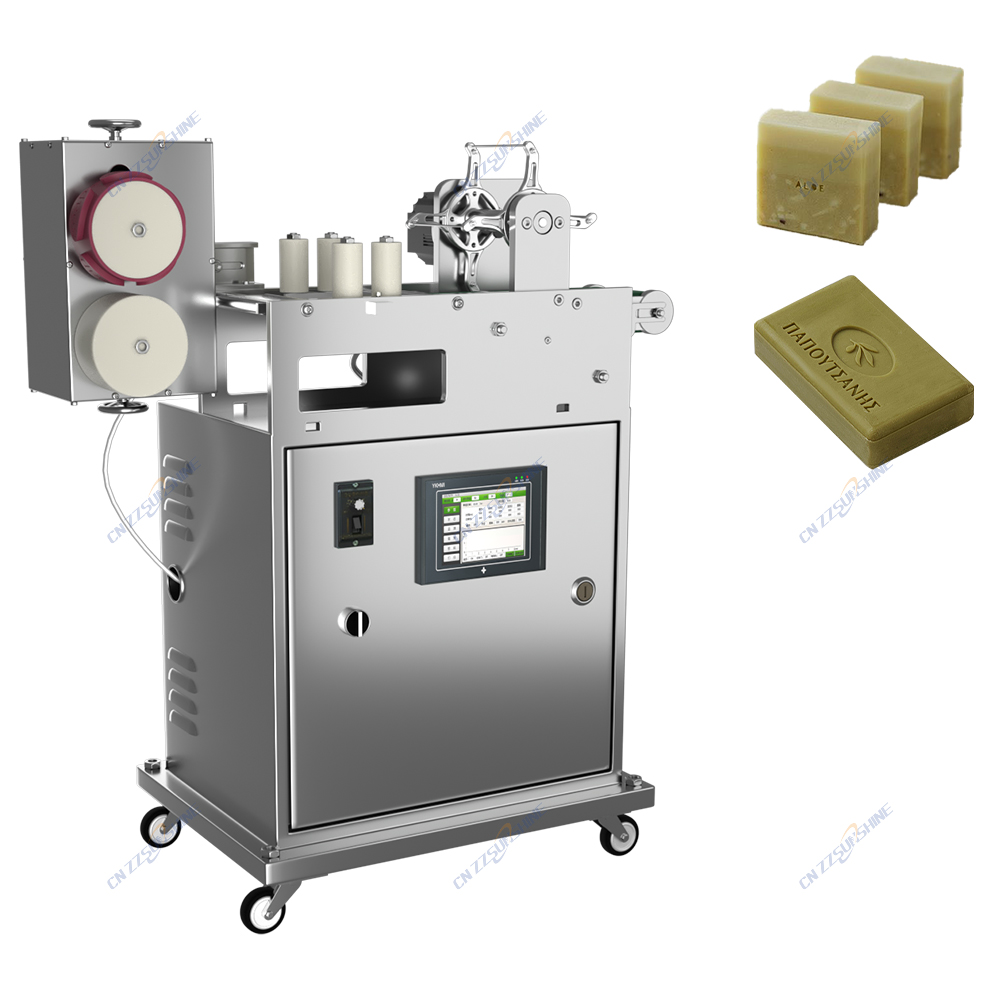Implementing an efficient automatic soap production line is crucial for manufacturers aiming to scale output, ensure consistency, and reduce labor costs. Modern lines integrate specialized equipment to handle every stage, from raw material preparation to finished bar packaging, seamlessly.
The process typically begins with robust industrial mixers for chemical processing. These machines thoroughly blend oils, fats, lye, additives, and fragrances, creating a homogeneous soap base critical for quality. Consistent mixing prevents separation and ensures even saponification. Following mixing, the soap mass moves to refining stages. High-performance soap plodder machines, particularly vacuum plodders, are essential here. The vacuum plodder removes trapped air, significantly improving the soap’s density, texture, and longevity. This step is vital for both laundry bar soap production lines and toilet soap finishing lines, preventing crumbling and enhancing lather. Multi-stage plodders progressively refine the soap’s structure.
Once refined, the extruded soap log requires precise cutting. Custom soap cutting machines or electric washing soap cutters deliver accuracy and speed, slicing logs into uniform bars with minimal waste. For bath soap making machines or beauty soap making lines, precise cutting ensures aesthetic appeal and consistent weight. Advanced automatic block cutter machines often integrate directly with downstream equipment.
Finally, automated packing machines for food-grade packaging handle wrapping, boxing, and palletizing, maintaining hygiene and speeding distribution. Integrating an industrial chiller for machinery is often necessary to manage heat generated by continuous mixers and plodders, protecting components and ensuring stable operating temperatures.
Choosing the right components—like a high-output vacuum plodder, multi-stage mixing systems, or custom soap cutting solutions—depends on the specific soap type (laundry, toilet, beauty) and desired capacity. A well-designed automatic soap production line, incorporating reliable soap plodders, industrial mixers, and precision cutters, offers manufacturers significant advantages: scalability up to 1,200 bars/hour or more, guaranteed product uniformity, reduced manual handling, and lower long-term operational expenses. Investing in this integrated technology is key to staying competitive in the global soap market.




